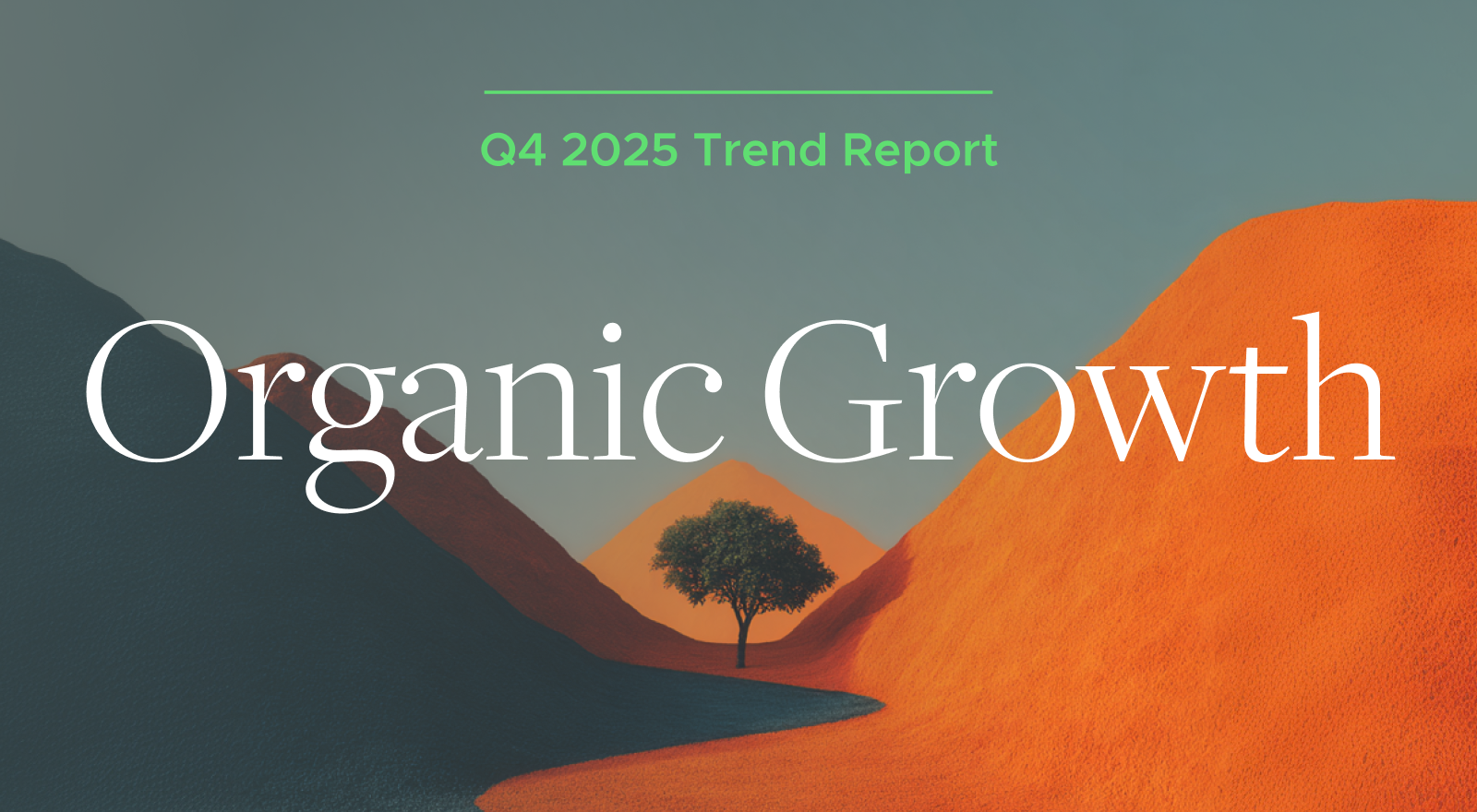First published by Family Wealth Report by Doug Fritz, CEO of F2 Strategy, and guest contributor Jonathan Firestein, who is the former managing director, private capital and impact investing at Ascent Private Capital Management of US Bank.
How technology can improve these investment returns
Healthcare, affordable housing, climate change and education. These are just a few of the topics that are on the minds of many investors, and wealth managers are increasingly being asked by their clients for investment strategies that align with their social and environmental values.
Interest in socially conscious investment strategies has grown substantially over the last decade. More than 82 per cent of the 3,400 wealthy investors polled in the 2019 UBS Global Wealth Management Investor Watch survey (1) expressed interest in sustainable investing. These wealth owners seek to generate positive social and environmental impact, earn competitive financial returns and complement their living legacy.
• Sustainable investing
• ESG (environmental, social and governance)
• SRI (socially responsible investing)
• Impact investing
• Green investing
• Ethical investing
• Socially conscious investing
• Responsible investing
These titles and terms address approaches and philosophies that consider both financial return and the social/environmental effects of the investment. Such impact awareness contrasts with a pure financial return investment strategy, which only considers potential return and its relationship to expected risk.
The Global Impact Investment Network states that “impact investments are investments made with the intention to generate positive, measurable social and environmental impact alongside a financial return.”
Measuring impact is the truest form in which an impact aware investor can draw relative and absolute conclusions from their intentionality and objectives. Yet measurement of socially conscious investments is still wildly uncoordinated, with numerous data standards and efforts.
Experiencing the impact return
Socially conscious investors can experience the impact return of their investments by reading about it, hearing about it, seeing it in person and doing it directly. Impact investments can be broadly categorized into three types, each with a unique set of investment strategies, terminology and expectations:
Stocks and bonds: public companies, municipalities and mortgage agencies produce a vast universe of quantitative measures that can be used for relative comparison. Quantitative “ESG” data is used to construct portfolios that appeal to an investor’s values, seeking to align capital with the best performers in corporate social responsibility and avoid companies that lag. The specific application of “SRI” (socially responsible investing) is to avoid specific companies and industries that conflict with an investor’s values or long-term beliefs.
Utilizing ESG data, an investor can decide to hold specific securities based on the issuers absolute and relative quantitative metrics in elements like:
Environmental
(Greenhouse gasses/revenue)
Renewable energy usage
Carbon reserves
Social
Employee turnover
Women employees ratio
Lost time incident rate
Governance
Board of directors structure
Number of independent directors
Diversity in executive and board leadership
Bloomberg, FTSE Russell, MSCI, Sustainalytics, S&P, Refinitiv (Thomson Reuters) and others aggregate data to provide investors and investment managers with the raw components to consider ESG and SRI overlays in a portfolio. Fund managers use this data to build investment products and portfolio managers mix those investment products with individual securities to build socially conscious portfolios.
For apples to apples comparisons, ESG technically can only be quantitatively measured for relative comparison in public securities and contrasted with market indices. However, the term ESG has also taken on broader meaning, used to apply to a conscious investing or impact investing strategy that can also include private capital and direct lending in addition to stocks and bonds. While the financial performance of socially conscious investments can be compared across asset classes, public securities produce a data field that is unmatched by private investments.
Private Capital: ESG principles - being good to the environment, communities, customers, employees and shareholders - can be emphasized in any company or project. Venture capital, private equity, private debt, private real estate and private real asset strategies such as renewable energy all produce a wealth of data. There is no universally accepted standard for the reporting of this data, however leading efforts from IRIS and GIIRS attempt to bring all investments under the same frame of analysis. These efforts produce data similar to ESG data, however there is no standardization of collection and common structure as there is with public securities.
Direct Lending: loans to non-profits, foundations and impactful projects. No information standards exist, investors receive organizational impact reports like this 2019 Impact Report from Calvert Impact Capital.
.jpg)
The client sees the big picture
Clients typically look to incorporate social consciousness at the investment portfolio level. A portfolio grows from impact unaware of heightened levels of consciousness through the iterative process of values discovery and evaluation of investments.
A diversified portfolio with numerous securities and funds generates a wealth of information from companies and fund managers on sustainability factors and corporate social responsibility. Today this information is largely not harnessed at the aggregate portfolio level to make decisions anchored to long-term impact related goals and objectives.
A client’s long-term objectives may be to invest around specific impact themes like education, affordable housing and renewable energy development. Or perhaps the client has a passion to link their investments to the United Nations Sustainable Development Goals. Focusing on a portfolio goal positions a wealth manager to build a more authentic relationship with clients as they help build portfolios that consider a client’s passions and concerns in addition to their financial objectives.
Technology can help
With so many data sources, it can be hard to assemble portfolio level information on impact and sustainability for comparisons to portfolio level objectives and market benchmarks. Within this treasure trove of data lies an opportunity for technological solutions to illustrate the impact of a diversified investment portfolio more effectively.
Aggregating data to bring forward actionable information is key to expanding a conscious investing practice. Progressive wealth management firms that successfully harness impact data at the portfolio level will delight clients and position for long-term success with socially conscious investors. Firms that rise to meet this challenge have the opportunity to innovate client service and become more sustainable businesses.
References
1. https://www.ubs.com/global/en/media/display-page-ndp//en-20191112-investor-watch.html




